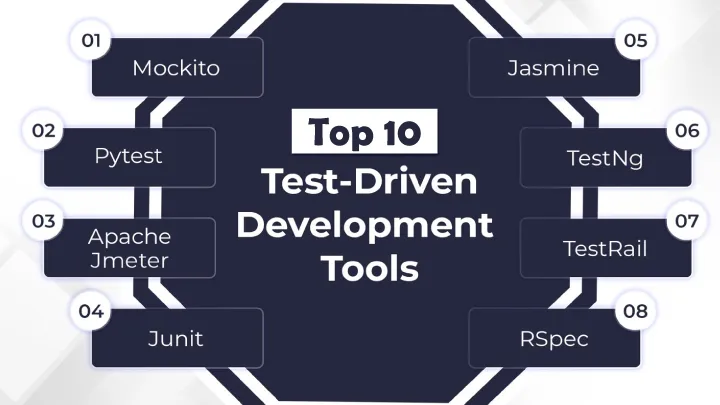Introduction
Zoonomaly is not just a survival horror game—it is a psychological experiment that blends atmosphere, resource management, and unpredictable AI behaviors. While many new players approach Zoonomaly as a simple “escape the facility” challenge, those who spend more time with it realize that every decision matters, every sound can betray you, and every hidden clue in the environment is part of a much larger design. This in-depth guide provides expert tips and a deep analysis of the game’s mechanics, AI system, strategies, and hidden layers of lore, so that players can move from simply surviving to fully mastering the game.
1. Understanding the Core Mechanics

To play Zoonomaly effectively, you must first understand how its core mechanics interconnect. The game revolves around three survival pillars: stealth, resource management, and environmental awareness.
- Stealth requires you to track enemy patterns, minimize noise, and use shadows and obstacles.
- Resource management is about deciding when to use scarce items such as batteries, keys, or defensive tools.
- Environmental awareness forces you to learn the map layouts, spot hidden passages, and interpret subtle visual or auditory cues.
Unlike many horror games, Zoonomaly does not hold your hand. Mastery begins with a complete understanding of these mechanics.
2. The Behavior of Enemy AI
The AI system in Zoonomaly is one of its most distinctive features. Enemies are not scripted to follow the same path each time. Instead, they react dynamically to your actions.
- If you make noise, the AI learns to search more aggressively in that area.
- If you exploit the same hiding spot repeatedly, enemies may eventually check it.
- Some anomalies “hunt by memory,” meaning they remember your last known location and circle back later.
This unpredictability forces you to adapt constantly, making the game replayable and deeply immersive. Analyzing AI behavior helps you anticipate threats rather than react blindly.
3. Mapping and Environmental Mastery
Zoonomaly’s levels are carefully designed labyrinths. Many players get lost because they do not treat mapping as part of the game.
- Always mentally note landmarks such as flickering lights, broken doors, or sound cues.
- Some maps contain “loop routes” that allow you to circle back and misdirect enemies.
- Environmental hazards, like unstable flooring or malfunctioning machinery, can be both obstacles and opportunities if used strategically.
Learning to treat the environment as a tool, not just a backdrop, is one of the secrets to survival.
4. Managing Scarce Resources
Resources in Zoonomaly are intentionally limited. Batteries drain faster when you panic and overuse your flashlight. Tools can break. Medical kits are rare.
- Prioritize items that extend exploration, such as light sources or stamina boosters.
- Do not hoard items indefinitely—sometimes aggressive use is the best survival strategy.
- Analyze spawn patterns: certain rooms have higher chances of containing useful supplies, but venturing there often increases risk.
Balancing restraint and decisive action is key to resource management mastery.
5. Advanced Stealth Tactics
Basic stealth—crouching, hiding in lockers, or waiting in the dark—is not enough in Zoonomaly’s higher difficulty settings.
- Use sound diversion: deliberately throw objects or create noise to lure enemies away.
- Shadow timing: move only when lights flicker or when environmental noise masks your steps.
- Layered stealth: combine multiple tactics, such as triggering a noise in one room while slipping away through a vent in another.
Stealth in Zoonomaly is dynamic. To win, you must think like a predator as much as you think like prey.
6. Psychological Pressure and Player Mindset

One of Zoonomaly’s hidden mechanics is its impact on player psychology. The game is designed to make you second-guess yourself.
- Long silences build tension, making you prone to rash decisions.
- Subtle audio hallucinations can trick you into wasting resources or leaving safe areas.
- Sudden difficulty spikes force players to adapt under stress, simulating real survival panic.
Recognizing this design element helps you stay calm and rational, which is often the difference between success and failure.
7. Strategic Exploration and Risk Assessment
Every decision in Zoonomaly is a risk calculation. Entering a new area can yield crucial resources or lead to deadly encounters.
- Evaluate noise levels—does the environment mask your movements, or will footsteps echo?
- Consider timing—some enemies patrol on cycles, meaning patience saves lives.
- Learn when retreat is the correct choice—dying with a full inventory is worse than surviving with nothing.
Advanced players approach exploration mathematically, weighing potential gain against risk before committing.
8. Hidden Lore and Environmental Storytelling
Beyond gameplay, Zoonomaly is rich in lore. Notes, environmental details, and subtle anomalies reveal fragments of the larger narrative.
- Written logs suggest experiments gone wrong, tying gameplay mechanics into world-building.
- The environment itself shifts, sometimes subtly, sometimes dramatically, reinforcing the sense of reality bending.
- Symbolic imagery often foreshadows enemy behavior or future challenges.
Deep analysis of lore adds an extra layer of immersion and helps players predict certain anomalies.
9. Strengths and Weaknesses of Zoonomaly
A complete analysis must also acknowledge the game’s strengths and weaknesses.
Strengths
- Highly unpredictable AI keeps gameplay fresh.
- Resource scarcity creates genuine tension.
- Atmospheric design enhances immersion.
- Lore-rich storytelling encourages exploration.
Weaknesses
- Steep learning curve may overwhelm new players.
- Limited resources can feel punishing rather than challenging.
- Some players may find the AI “too smart,” leading to frustration.
By recognizing these, you can approach the game with realistic expectations and maximize enjoyment.
10. Expert Tips for Mastery

To conclude the analysis, here are final tips for mastering Zoonomaly at the highest level:
- Never play predictably—change your tactics often.
- Treat every encounter as an opportunity to learn AI behavior.
- Practice resource efficiency, using minimal tools for maximum effect.
- Always pay attention to sound design; the game communicates through audio as much as visuals.
- View death not as failure but as information—every run teaches you more about the anomalies.
Conclusion
Zoonomaly is more than a survival horror—it is a test of adaptability, resourcefulness, and psychological resilience. By deeply analyzing its mechanics, AI behavior, environmental design, and hidden lore, players can elevate their experience from random survival to strategic mastery. Whether you are drawn by the thrill of survival or the mystery of its world, applying these expert strategies will ensure that you not only survive but thrive in the anomaly.

















